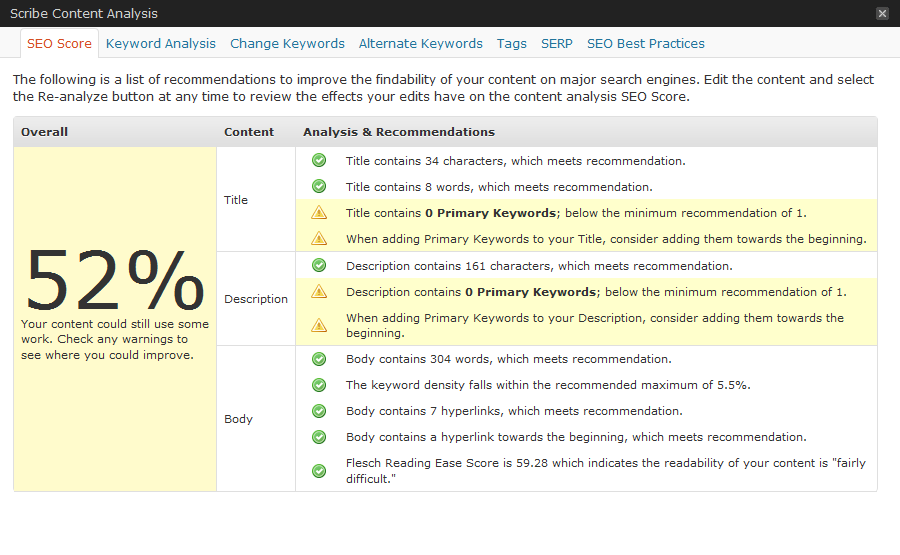(As I’m on vacation for a week, I’ve invited Sydni Craig-Hart to share social networking tips.)
 The big 3: Facebook, Twitter and LinkedIn.
The big 3: Facebook, Twitter and LinkedIn.
Everybody who’s anybody has a profile in each. And it seems everybody is preaching the same thing:
- You HAVE to have a Facebook Fan Page
- You HAVE to be on Twitter
- You HAVE to join LinkedIn and participate in groups
But, do you HAVE to this? Will your business fall in the water if you don’t?
The answer depends on your target audience.
Remember, your target audience determines where you should be and how you spend your time. If your target audience spends their day on Twitter, then that’s where you should be engaging with them. While it may be a little challenging to have a full-fledged conversation, you can still interact and find out what their challenges are, participate in the conversation when they are looking for solutions and be a trusted advisor.
The same could be true if your target audience hangs out on Facebook. Maybe they prefer to interact there because there’s no character limit (like the 140 characters on Twitter.) They may like the back and forth conversation of posting comments on each others’ wall and seeing their updates throughout the day.
The point is, participating in social networking is like participating in live networking. You should only attend the “events” that make sense for you and your business. You should only be spending your time where your target audience is hanging out – otherwise you’ll miss the boat completely.
Nothing is more frustrating than spending your efforts pursuing a particular marketing strategy only to find that it generates ZERO results. Has that ever happened to you? If so, it’s likely because the strategy (or in this case the platform) didn’t fit your business. You may be chasing an opportunity that doesn’t even interest your target audience — and they’re not going to go looking for you either.
In order to provide the solution to a problem, you need to be visible when your ideal prospects need you. Marketing you and your services is simply about educating your target audience about how you can solve their problems. You can’t be a day late to the party.
Take the time to do your research and find out EXACTLY which social networks your target market is hanging out in. This will tell you where you should be spending your time. And most importantly, you will see the return on your time investment as you’ll be connecting directly with the people who are already looking for you. Read More→










